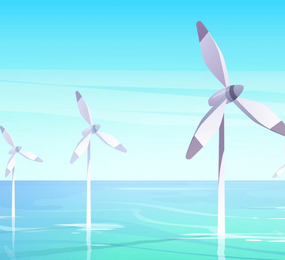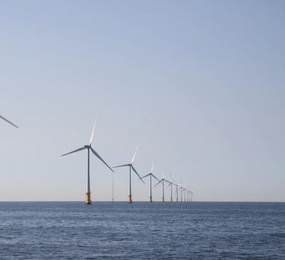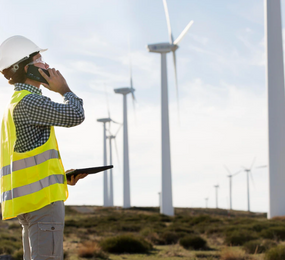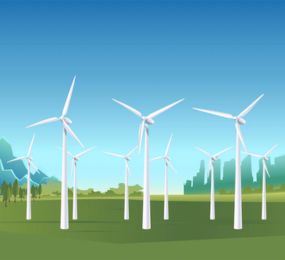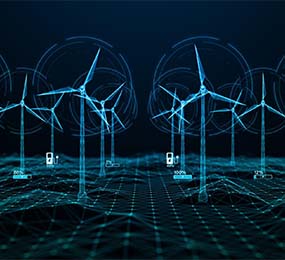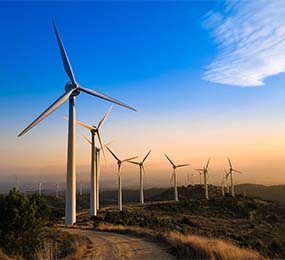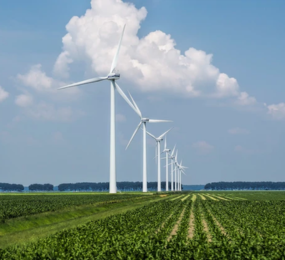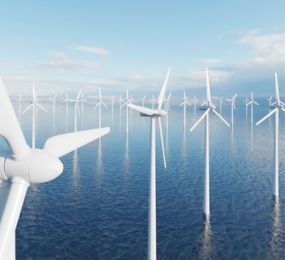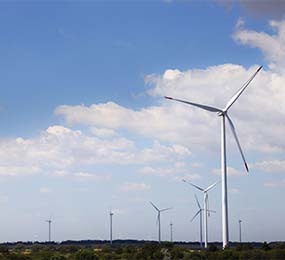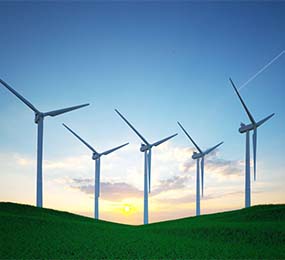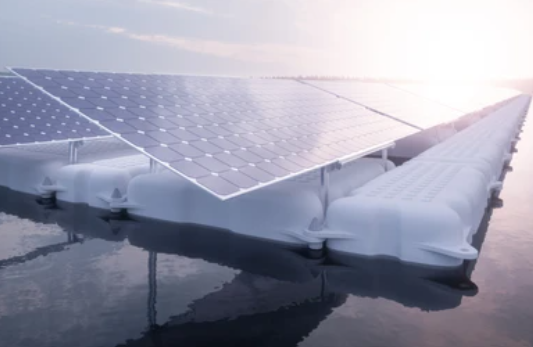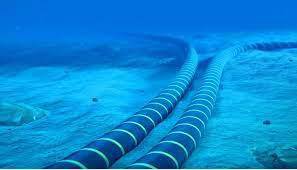Digital twin models have revolutionized the wind energy industry by providing virtual replicas of physical wind farms, allowing for improved performance analysis and optimization. One critical aspect of digital twin models is the accurate characterization of wake effects, which occur when downstream turbines experience reduced wind speeds due to the wake generated by upstream turbines. In this article, we explore the calibration of digital twin models for wake effect characterization using big data. Join us as we delve into the significance of calibration, the role of big data, and the implications for optimizing wind farm performance.
Understanding Wake Effects in Wind Farms
Wake effects are a crucial consideration in wind farm performance analysis. When wind flows through a wind farm, the leading turbines create wakes behind them, impacting the performance of downstream turbines. These wake effects can result in reduced energy production, increased turbine fatigue, and decreased overall efficiency. Accurate characterization of wake effects is vital for optimizing wind farm layouts, turbine spacing, and operational strategies.
Calibration plays a pivotal role in ensuring the accuracy and reliability of digital twin models for wake effect characterization. Calibration involves adjusting the parameters and inputs of the model to match the real-world performance data collected from operational wind farms. By calibrating the digital twin model, it can accurately replicate the wake effects observed in the physical wind farm, leading to more reliable predictions and enhanced performance optimization.
Big data has emerged as a valuable resource in the wind energy industry, offering vast amounts of operational and environmental data from wind farms around the world. This data includes information on wind speeds, turbine performance, atmospheric conditions, and other relevant variables. By leveraging big data, digital twin models can be calibrated using a diverse range of real-world data points, enabling more accurate wake effect characterization.
Challenges and Considerations
Calibrating digital twin models for wake effect characterization using big data presents several challenges and considerations:
1. Data Quality and Availability: Ensuring the quality and availability of relevant data is essential for accurate calibration. Data collection systems need to be reliable, and data sharing protocols should be established to facilitate the acquisition of large-scale operational data.
2. Model Complexity and Computational Requirements: Calibrating complex digital twin models with vast amounts of data can be computationally demanding. Efficient algorithms and computational resources are necessary to handle the volume and complexity of big data.
3. Uncertainty and Validation: Calibration requires accounting for uncertainties in both the data and the model. Validating the calibrated model against independent datasets and benchmarking against observed wake effects is crucial for assessing the accuracy and reliability of the digital twin model.
Implications for Wind Farm Optimization
Calibrated digital twin models offer significant implications for optimizing wind farm performance:
1. Layout and Turbine Placement: Accurate wake effect characterization allows for optimized wind farm layouts and turbine placement strategies. By minimizing the impact of wake effects, overall energy production can be increased, and turbine fatigue can be reduced.
2. Operational Strategies: Calibrated digital twin models enable the development of operational strategies that account for wake effects. This includes optimizing turbine control, yaw angles, and blade pitch angles to mitigate the impact of wakes and maximize energy capture.
3. Maintenance Planning: Understanding wake effects helps in planning maintenance activities by considering the differential impacts of wakes on turbine performance. Proactive maintenance scheduling can optimize turbine availability and minimize downtime.
4. Future Wind Farm Design: Calibrated digital twin models serve as valuable tools for designing future wind farms. By using historical big data, wind farm developers can make informed decisions on turbine selection, spacing, and layout configurations.
The calibration of digital twin models for wake effect characterization with big data offers a powerful tool for optimizing wind farm performance. By leveraging vast amounts of operational data, these models can accurately replicate real-world wake effects, leading to more informed decision-making, increased energy production, and improved turbine performance. As the wind energy industry continues to evolve, the calibration of digital twin models with big data will play a crucial role in driving further advancements and maximizing the potential of wind farms.
https://youtu.be/BfHuaMLAb90, explore the calibration process and its significance in optimizing wind farm performance.
To register or learn more about the Forum please check here: https://bit.ly/430gLPP
For more information and group participation, contact us: [email protected]


